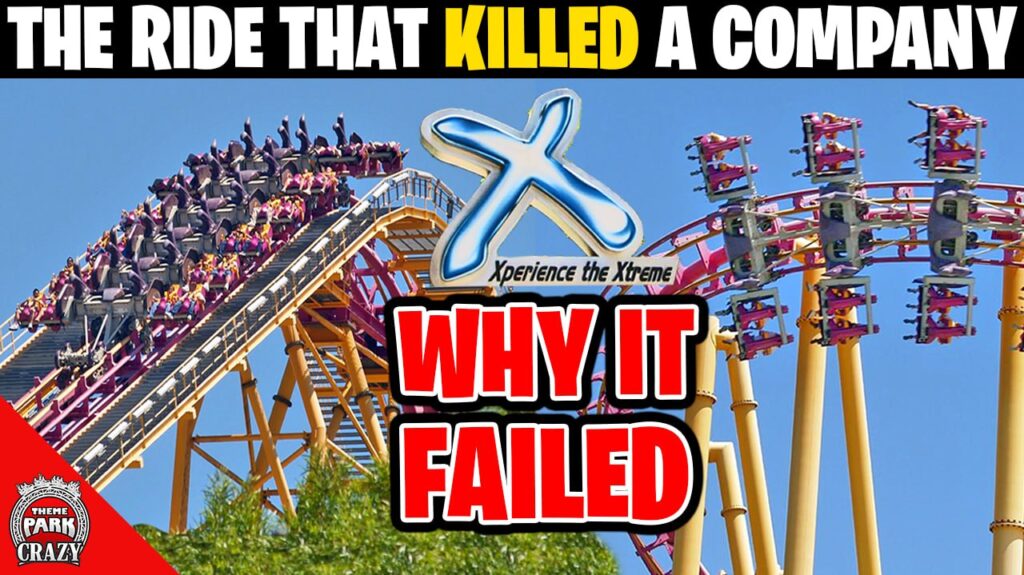
Below I will post the script for my upcoming Failed Coasters episode on X at Six Flags Magic Mountain. If you have any suggestions or want to correct any errors, feel free to comment below or send me an email at [email protected] !
X at Six Flags Magic Mountain. This ambitious roller coaster was set to revolutionize the thrill ride industry. With mind-bending elements, and seats that allowed riders to flip head-over-heels, it promised an unparalleled experience. However, the ambition of such a groundbreaking technology proved too much for its manufacturer, Arrow Dynamics, to handle. Despite the initial excitement, X faced numerous challenges and flaws that led to its untimely demise. But why exactly was this coaster a failure? Let’s find out today, right here on Theme Park Crazy.
Our story begins in 1946, with the founding of American manufacturer Arrow Development. After a few years of selling used tools and repairing cars, the company got into the amusement industry by building merry go rounds. Later on in 1953, the company contacted Walt Disney, and offered their services for the upcoming Disneyland theme park in California.
Arrow would work on the ride systems for several opening day attractions, including Mr. Toad’s Wild Ride, the Mad Tea Party, and Casey Jr.s Circus Train. Shortly after the park’s opening in 1955, Arrow went on to design another major attraction for Disneyland, but this one was much bigger in scale.
In collaboration with Disney’s Imagineers, Arrow designed a revolutionary roller coaster. This attraction featured an innovative track design, which consisted of tubular steel rails. These rails allowed for more efficient manufacturing, keeping their uniform diameter even through tight turns.
In 1959, the new coaster named the Matterhorn Bobsleds made its debut to instant acclaim from parkgoers. With that, Arrow Development became the hottest name in the amusement industry. They went on to design several more attractions for amusement parks, including an antique cars ride for Santa Cruz beach boardwalk, and the slow moving Danny the Dragon tram ride at San Jose’s Happy Hollow.
Unfortunately, Arrow struggled financially, as the ambitious projects for Disneyland took a toll on their resources. Fortunately Walt Disney was eager to help out the company for all they did for his park. Walt personally paid off their debt and purchased a one third stake in the company, helping keep them afloat.
The next few decades would see Arrow skyrocket in popularity. After building world’s first Log Flume, El Aseradero at Six Flags Over Texas, the company introduced their second roller coaster named Runaway Mine Train at the same park. Then in 1975, the company premiered the world’s first modern looping steel coaster: Corkscrew at Knott’s Berry farm. This coaster, known as a corkscrew model was initally quite successful. However, just a decade after its installation, Arrow found themselves in a tight spot. In addition to a costly participation in the 1984 world’s fair, the company, then known as Arrow Huss, had spread themselves too thin. Simply put, they took on more ride projects than they could afford.
Fortunately, the company bounced back from the abyss, rebranding themselves as Arrow Dynamics. Soon afterwards, they took up several high-profile projects. In the late 80s, roller coasters were growing longer, faster and taller every year. These included Vortex at Kings Island, Shockwave at Six Flags Great America, and Magnum XL-200 at Cedar Point. These coasters were on a far grander scale than their usual affairs, but many of their later creations faced technical issues. Many of them used the same track profiling, and train designs as their older, smaller coasters. This meant that many of them were unsuitable for larger-scale attractions. Coasters like Shockwave and Steel Phantom at Kennywood were infamous for giving rough and uncomfortable rides.
As the 90’s approached, Arrow faced stiff competition from Swiss manufacturer Bolliger and Mabillard or B&M for short. This company introduced a new track design that was better suited to handle large, intense elements. Coasters like Batman the Ride at Six Flags Great America and Kumba at Busch Gardens Tampa were higly praised for their smootheness and revolutionary design. Though Arrow attempted to replicate B&M’s design elements on Drachen Fire at Busch Gardens Williamsburg, the result was both painful and technically problematic.
At that point, it seemed like Arrow’s outdated methods would sink the company’s business, but one man would soon turn the company’s reputation around for the better. Allow me to introduce you to Alan Schilke, one of the most influential and important coaster designers of the modern era.
After several years of working for Arrow Dynamics, he eventually ascended to the rank of head engineer. In the late 90’s, he showcased his talents by designing two notable coasters: the mine train Road Runner Railway at Six Flags Fiesta Texas, and the acclaimed Tennessee Tornado at Dollywood. The latter of which was considered to be a huge step up from the company’s past coasters thanks to a newer track profiling.
But Schilke’s imagination and creativity didn’t stop there. In fact, he wanted to take the concept of a roller coaster to the next level. Or rather…the next dimension. At the age of 12, Schilke was riding the famous zipper carnival ride, when he was struck by inspiration. Intrigued by the zipper’s front and back flipping gondolas, he set out to incorporate this element into the world of roller coasters.
This ambition led him to conceive the groundbreaking concept of a “fourth-dimension” roller coaster. This balls-to-the-wall design has riders seated not above the track, but on the sides of it. This allows riders’ feet to dangle freely with noting above or underneath them. This design, known as a wing coaster, was the first of its kind ever constructed. But there was even more to this coaster.
The most insane thing about this coaster is the ability of the seats to flip forwards and backwards a full 360 degrees. Through the use of a rack and pinon system, a special quadruple rail design allows the ride to coast along the inside rails, while the outside ones raise and lower to control the seats’ rotation. This means that the rotation is completely controlled by the ride designer, guaranteeing the same number of insane flips and dips for each ride.
To present his idea in a tangible form, Schilke created a rendering of the imagined prototype as a computer animation on a CD-ROM; remember those? God I’m old.
While the concept of a fourth-dimension roller coaster was groundbreaking on paper, Schilke’s colleagues at Arrow Dynamics were extremely skeptical. In addition to nausea concerns, many believed that such a complex and unique ride was impossible to engineer successfully. Nothing like this had ever been done before, and there was no guaranteeing that it would be functional, let alone possible to construct. However, Schilke remained undeterred, confident in the potential of his idea. He kept his CD-ROM on standby, hoping for a future buyer who would recognize the value of his concept.
Little did he know that his perseverance would soon pay off, as the idea of a fourth-dimension roller coaster would find its way to reality thanks to the Six Flags chain of theme parks.
In May of 2000, Gary Story, the president of Six Flags amusement park chain attended a meeting with Arrow Dynamics officials. Story was shopping for new, thrilling attraction to outdo the park’s other Arrow Coaster Viper, which was around a decade old at that point.
During the visit, Alan Schilke simply whipped out his top secret CD-ROM which had been hidden away for five years. The CD contained a rough computer animation of a ride called Fourth Dimension, which Schilke’s colleagues had rejected due to concerns about it being too intense and making riders sick.
Story saw potential in the Fourth Dimension concept and decided to give it the green light. However, he did make one additional request; instead of the relatively small layout in the CG rendering, he wanted the layout to by much larger. After all, this was Six Flags Magic Mountain, not a Weenie Hut restaurant. For Story, a park with such a thrilling reputation deserved the biggest an baddest creation. Plus, the coaster would be built right next to the parking lot entrance, so Story wanted it to stand out even more to first time guests.
Before development began, Story had one more request. Though Schilke had originally named the ride Fourth Dimension, Story decided to rename it X, making him the first high-level company official to rename a property that.
Soon afterwards, Schilke, along with a team of engineers, dedicated over 20,000 hours of combined work to develop the coaster.
Part of the ride’s development involved the construction of a scale test model of the train, which engineers and officials gave a test run.
As a whole, the project generated a lot of excitement and buzz in the amusement industry. But behind the scenes, X was metaphorically eating Arrow Development alive.
The construction and development of X put an enormous strain on Arrow’s resources. The company greatly misjudged the cost of constuction, it would end up costing a whopping $45 million to build. To put it bluntly, this coaster was too ambitious for Arrow’s own good.
Even worse, while the coaster was scheduled to open in the summer of 2001, unspecified design flaws caused significant delays. In fact, it wouldn’t be until 2002 that the ride opened. But shortly before it opened, Arrow Dynamics would fall into bankruptcy for a second time, citing debts of over $3.8 million to unsecured creditors.. Only this time, it would be the nail in the coffin for the company. X was supposed to reinvigorate the company, but it clearly failed to do so, and led to Arrow going out of business all together. The monetary turmoil X presented, helped killed off perhaps the most influential manufacturer in roller coaster history.
It is worth noting though that another major factor in the company’s closure was their cancelled fish hook coaster in Las Vegas, but that story is worthy of its own video. While the proposed coaster could have saved arrow from going under, the project falling apart, combined with the financial strain of X, both played significant roles in the company’s demise.
But the story doesn’t end there, because even after Arrow went under, X would continue to be a headache for Six Flags.
Officials at Six Flags filed claims against the Arrow, demanding over $5.8 million due to the delays and difficulties with X. Nevertheless, they were determined to finish their newest major attraction, and persevered with the coaster’s construction.
After months of delays and dealing with Arrow’s bankruptcy, Six Flags managed to get the ride open to the general public on January 12th, 2002.
The ride experience went as followed:
After departing the station, the train ascends the lift hill to a top height of 175 feet. All the while, riders face backward. After reaching the top, the train briefly dips down, performing a front flip before approaching the main drop. This nearly-vertical drop is 215 feet, classifying it as a hypercoaster. At the descent, the seats turn so that riders face the ground. This makes the phrase “don’t look down” as pointless as trying to dodge spoilers working at a movie theater.
After the drop, is what’s known as an inside-raven turn, where the cars rotate halfway through going from face up to face down.
Passengers then navigate an airtime hill and a backflip before large, sweeping turnaround. This is follwed by a half-twist element with yet another wild rotation. First time riders may expect to navigat this twist normally. But the way the seat rotate during this element gives the illusion that the train has left the track.
After a quick dip is a smaller raven turn packed with g-forces. This ends the ride with a bang before the final brake run.
Upon its debut, X was hugely praised among thrill seekers. Coaster enthusiasts flocked to this ride, excited to check out its unmatched forces and surreal movements. Indeed, it seemed that despite all of the headaches with Arrow, Six Flags would be able to add yet another inccredible coaster to its resume. However, the coaster itself had other plans.
Almost immediately, X faced extended downtime, opening either later in the afternoon or not at all on some days. Even worse, the park would often operate only one train at a time, leading to wait times of up to five hours.
Along with unspecified technical issues, the biggest problem with the coaster was the weight of the trains. Each train weighed a whopping 25 tons. That’s over four african elephants. The trains were so heavy, that two 300 horsepower engines were needed to lift them uphill. Because they weighed so much, the trains put much more stress on the track and support structure than anticipated.
Another problem with the coaster was the restraint system. While the design was ergonomic and comfortable, the mechanical system would jam easily. The system relied on cables, levers, foot pedals, and actuators basically making it a less efficient minecraft creation. This hamepered throughput and led to longer waits and lower guest satisfaction. Speaking of wait times, it didn’t help that the station was divided into loading and unloading sections. After one group of passengers disembarked, the train had to be moved forward to the boarding station, wasting valuable seconds that could have been used loading a new set of passengers.
Also worth noting was the ammount of power needed to run the coaster. According to Forbes magazine, 1.1 million volt-amps were needed to run X, twice the ammount of an average roller coaster, and enough to power the Empire State Building. It’s unknown if the excessive powere demands played a role in its downtime, but it certainly is possible.
By June of 2002 Six Flags made the decision to close the coaster due to quote unquote design issues. At this point, park officials were likely livid behind the scenes. Their newest attraction, which was supposed to be a crown jewel in Magic Mountain’s lineup, had failed to deliver a problem-free performance. Many prototypes have issues when they open, but X was a pure maintenance migrane.
Due to the ride’s problems, Six Flags started to get cold feet about investing in large, ambitious prototypes. According to Theme Park Insider, Six Flags officials said they would be slashing their capital investments the same month that X went down.
Many feared that X’s failure would turn parks off of adding major unique roller coasters, and hamper innovation in the industry.
Fortunately, while Arrow’s story ended tragically, the coaster itself did see its fortunes turn around. After almost six years of operation as X, Six Flags made the decision to give this problematic coaster a major makeover. In 2007, the ride closed for an extensive 10 million dollar refurbishment. While the track layout remained the same, substantial changes were still made to the attraction. Gone was the old X, and in was the new and improved X2.
First, the pink and yellow paint scheme was changed to a more fitting red, grey and black color palate.
Secondly, new special effects were added, including fog and even a timed fire effect.
Most importantly, a new set of trains was introduced. These trains were built by American manufacturer S&S Sansei, who had purchased Arrow’s assets after they went bankrupt.
Engineers at S&S Sansei had meticulously scrutinized every aspect of the original design to greatly improve it. Weight reduction emerged as a primary goal, and this objective drove major changes to the train’s structure.
Assessed were areas where additional strength was needed while identifying opportunities for lightening the load. One thing that was replaced were the original rods that held the seats, known as pickle forks. The new chasis was much simpler, designed to have less parks and be remarkably lighter. Unnecessary weight was removed from the suspended cantilever assembly, which promised much less wear and tear on the track.
In total, engineers managed to take twenty thousand pounds off the trains, going from 25 tons to just five.
Moreover, S&S Sansei set their sights on revolutionizing the restraint mechanism of the X2 trains. Abandoning the old mechanical system that relied on an overly complex system, they introduced an entirely onboard pneumatic system. This was controlled by the ride operator at the push of a button, not only allowing for swift and easy adjustments of harnesses but also significantly increasing the ride’s capacity and throughput.
An important aesthetic change was the removal of the fiberglass X covers, which were once present over the rack and pinion gears. While the rack and pinon system was now completely visible, it didn’t affect the ride experience, and making the coaster lighter and more reliable was more important than a small visual detail.
Funnily enough, while the weight was reduced in many ways, an on-board audio system was added to the trains, which would play an audio track timed with the coaster’s layout.
All of these changes, along with a newly desgined set of wheels, promised to help the coaster fufill its potential.
In may 2008, X2 made its debut to the public. Many agreed that the ride was better than ever, being more functional, better-looking, and more exciting with the new effects. Today, X2 is considered to be not only one of the park’s best coasters, but among the best roller coasters of all time.
It’s true that the original X was a failure in some ways. Not only did it fail to bring success to Arrow Development, but its initial opening was a complete nightmare for Six Flags. But while it’s sad that it contributed to Arrow’s demise, you’d be hard-pressed to call the coaster itself a failure. Alan Schilke gave the coaster world a true gem, persevering to get a ride built that many considered to be impossible. While X’s problems sparked fears of the industry pulling back on innovation, the industry is continuing to create new and exciting attractions to this day. S&S Sansei, who own the rights to build this style of coaster, would go on to build two more of these attractions in Asia. As roller coasters continue to evolve, X2 stands as a testament to the magic of engineering, and it will continue to delight thrill-seekers for generations to come.
![]()
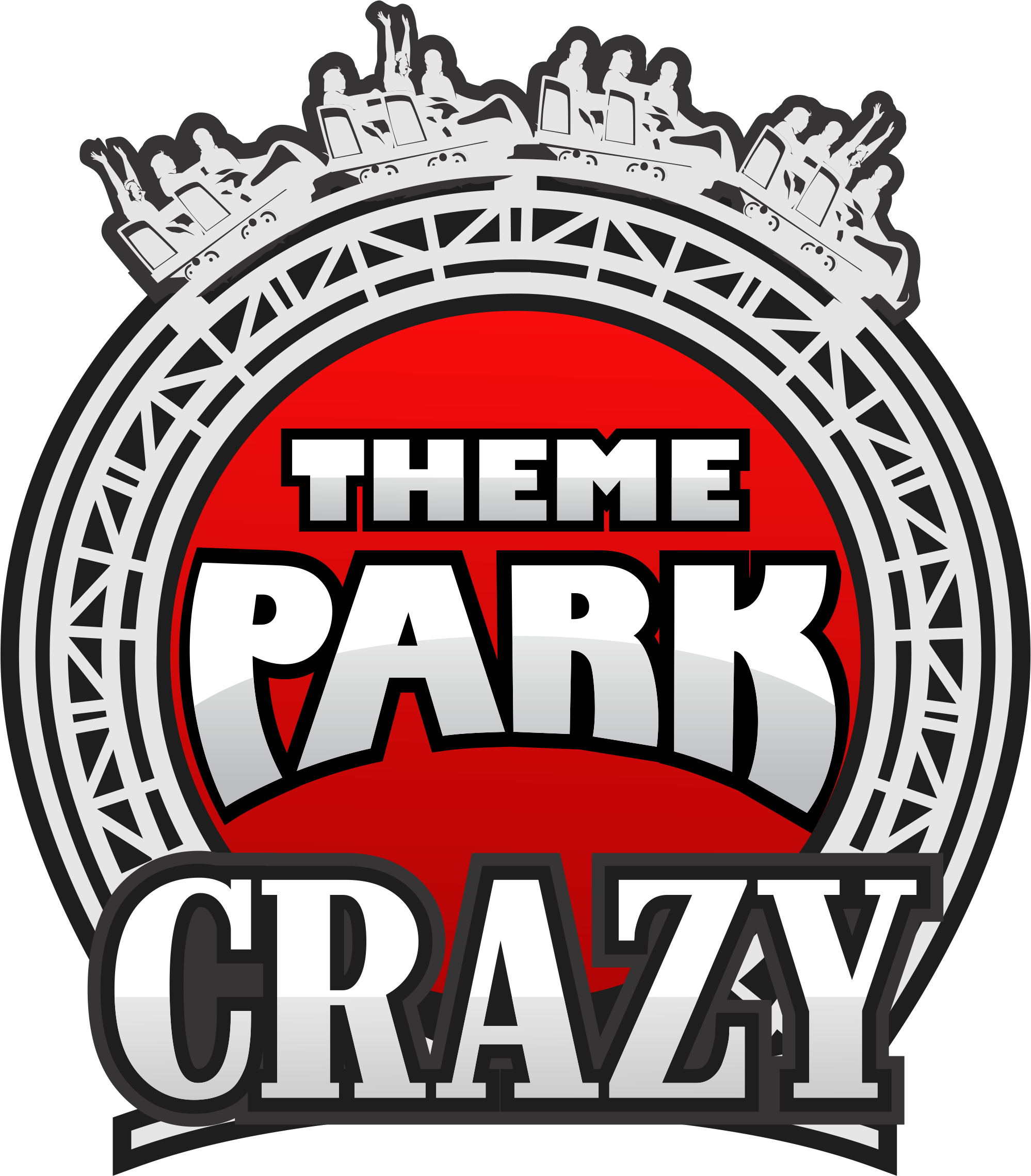

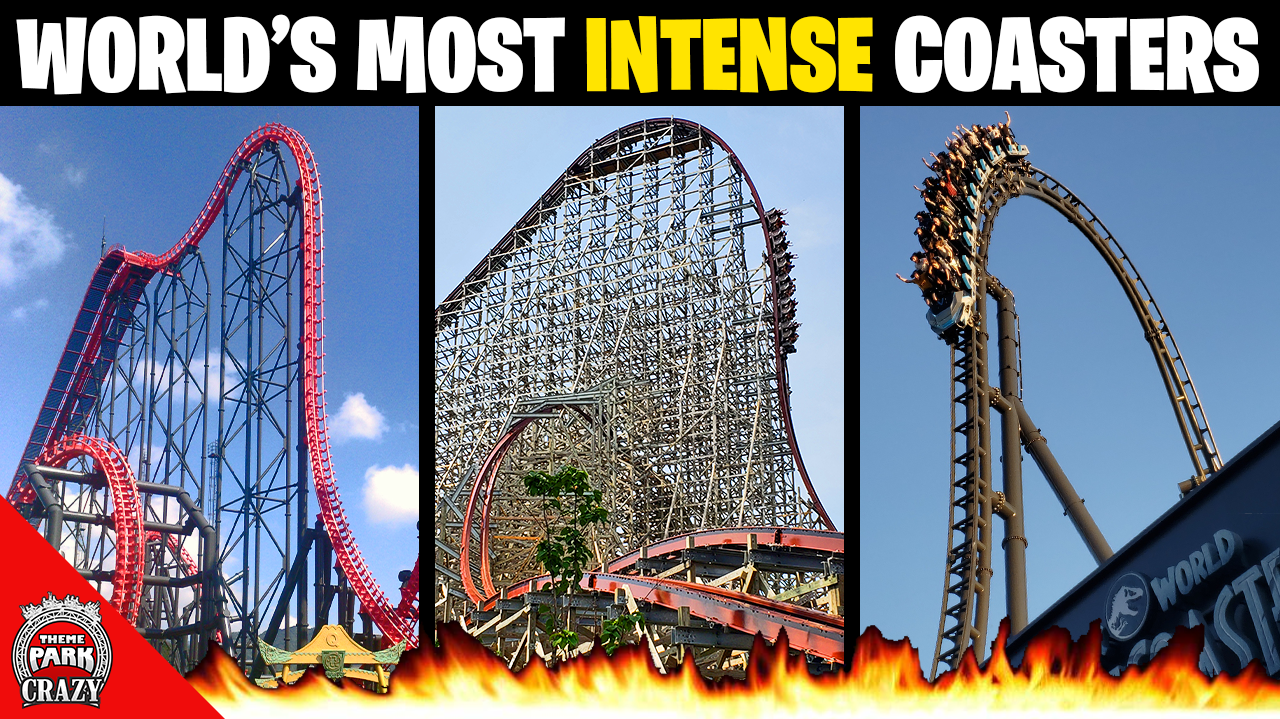
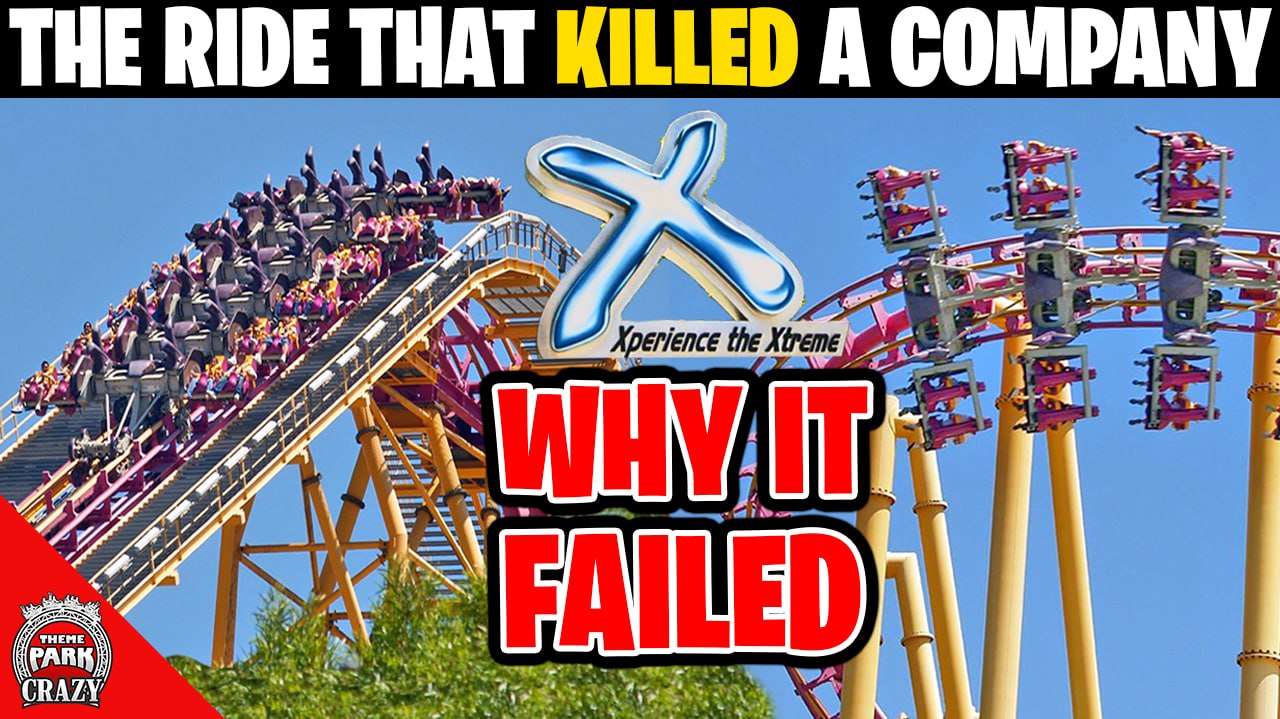
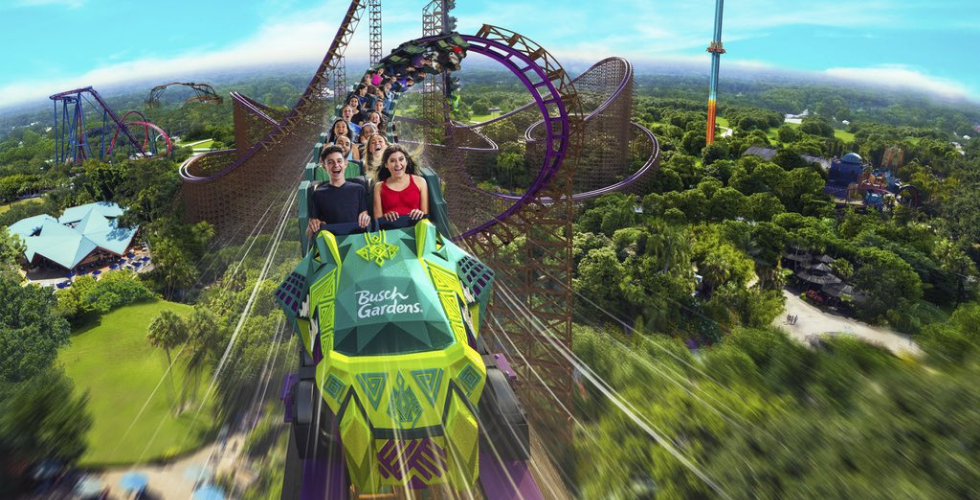
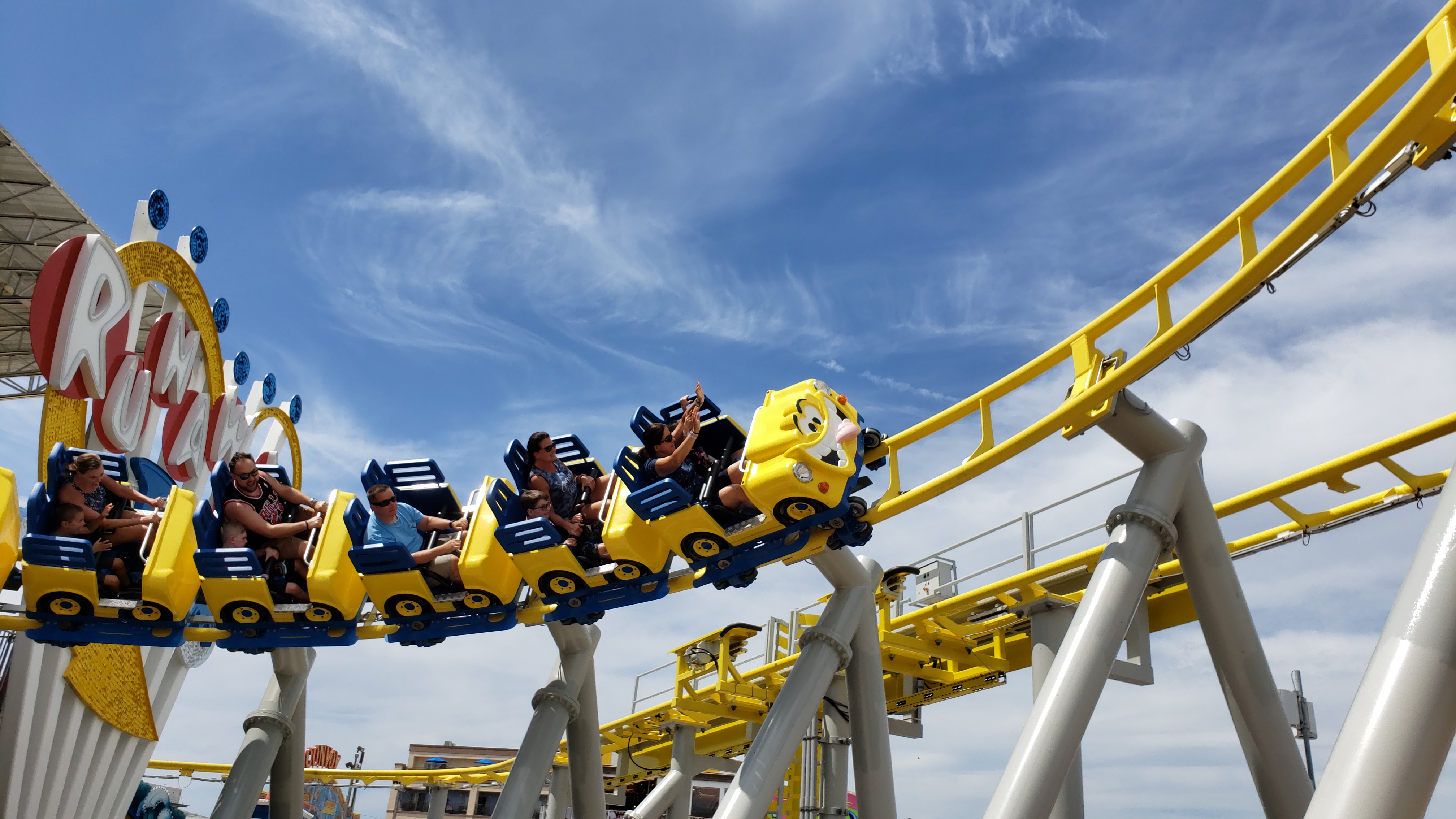
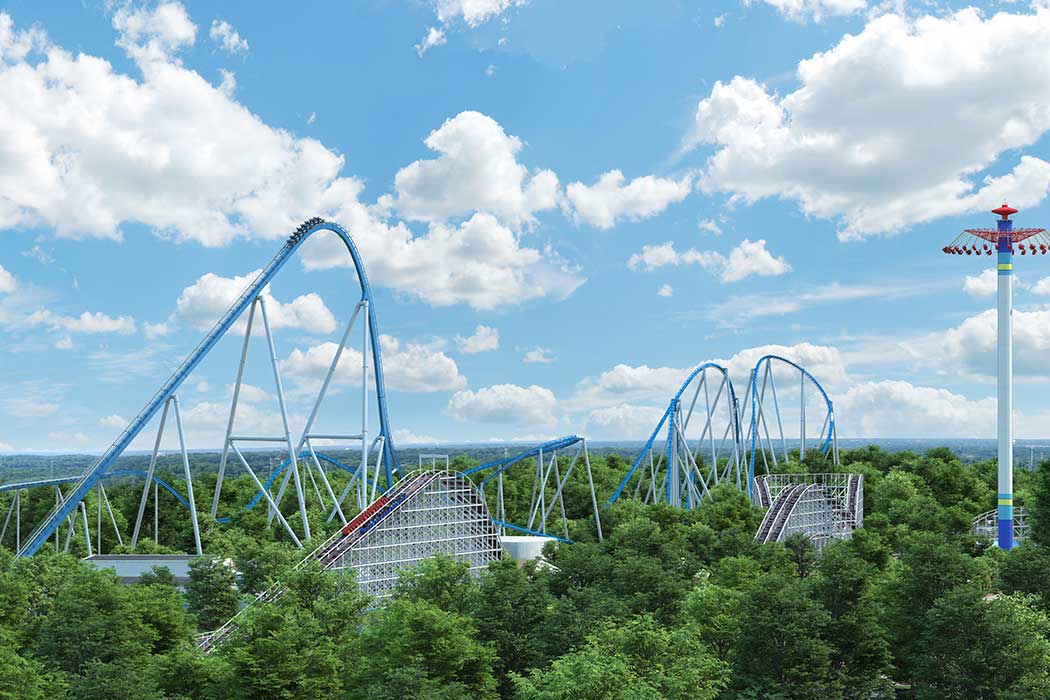
1 thought on “Help Check my Failed Coasters: X Script!”
Fantastic idea to put up the script in advance and drive traffic to the website. I’m excited to see the final product here.
I never got to ride the original X, but I’ve ridden X2 a few times and I am completely at a loss for how to describe the ride experience. There’s certainly nothing else like it, with the exception of the S&S version see in Eejanaika and Dinoconda.
Comments are closed.